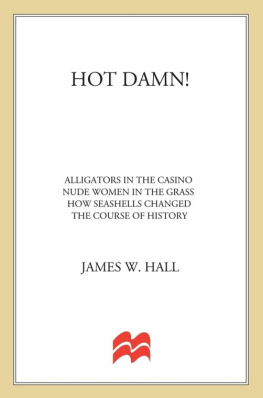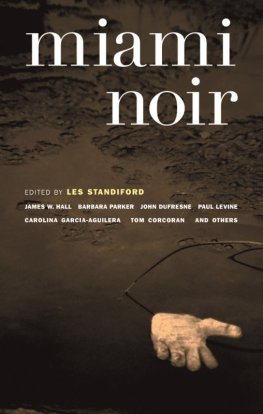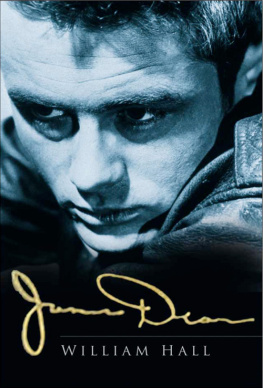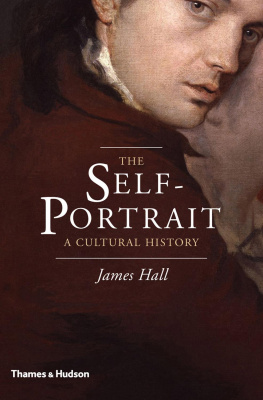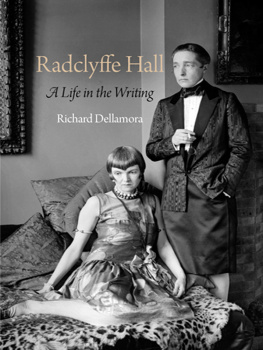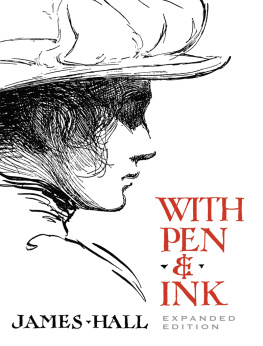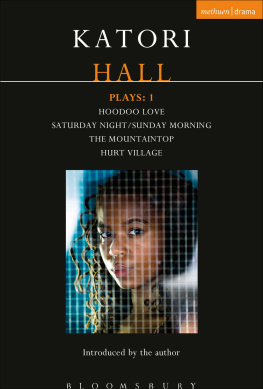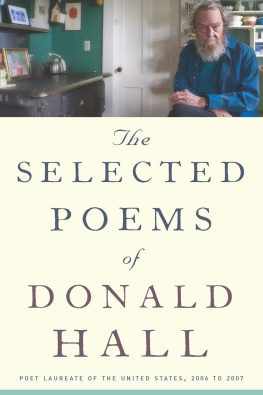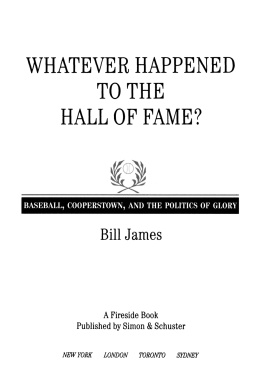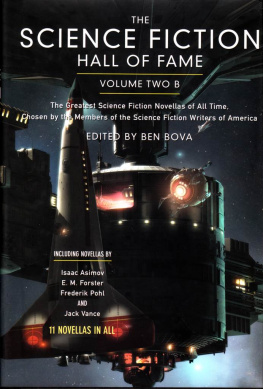The author wishes to thank the Washington Post, the Miami Herald, and the Ft. Lauderdale Sun-Sentinel, where these works first appeared.
Every time I see that bumper stickerFlorida Nativea ripple of envy and irritation flutters in my chest. Its a rare and exotic club to which I will never belong because Im one of those thousands-a-week folks who have been flooding into Florida for the last few decades. Although they tell us that the tide has slackened to 591 new residents a day, Florida natives are still as scarce and outlandish as manatees. How unfair it seems that even though Ive lived in the state for well over thirty years (surely longer than plenty of the younger natives), I should still feel like an interloper.
In 1965 on a south Florida winter day much like this one, I stepped off the train at the Hollywood station to attend Riverside Military Academy It had been an incredibly romantic journey, a long rumbling train ride through the brown scraggly fields of Tennessee and Georgia, then into the expanse of green nothingness that was north and central Florida, until finally the palm trees began to thicken, the greens grew lush, and the windows in the train slowly lowered. Suddenly I was standingbeside the tracks looking at a sky dense with extravagant birds, white and huge with lazy wings, long orange legs trailing.
I remember taking my first breath of rich subtropical air. There was something sweet and spicy in the breezethat warm macaroon aroma with an intoxicating undertone of cinnamon that seems to waft directly from some secret Caribbean island. That afternoon I breathed in a lungful of air I have yet to release.
Though I didnt have the words for it then, I knew the light was different too. Softer than the harsh and unglamorous Kentucky daylight I was used to. It had an almost romantic, twilight rosiness, a quiet light, yet at the same time far more vivid and precise than any Id known before. A painterly January light. And while I had been on the platform of the Hollywood train station for less than a minute, I knew with utter certainty that I had taken a mortal wound.
Some time later that winter, I dropped the bombshell on my parents. I informed them that I had decided to turn down the Air Force Academy appointment my father and I had labored so hard to secure. I wanted to attend college in this newly discovered Shangri-la, Florida. While the shock of my passing up a free four years of college must have been incredibly difficult for them to absorb, to their everlasting credit my parents let me win that argument.
I never told them that the institution of higher learning I had chosen, Florida Presbyterian College, had caught my eye because the catalog Id devoured in my boys school guidance office had numerous photographs of coeds wearing Bermuda shorts in classrooms.Ah, sweet Florida, what a sensuous and libertine land.
I did four glorious years of college in the charming and soporific Saint Petersburg of the sixties. On holidays I explored the west coast, the Keys, camping at starkly primitive Bahia Honda, building bonfires on midnight beaches, discovering out-of-the-way taverns that served cheap pitchers of beer and spectacular cheeseburgers, bays where fish jumped happily into frying pans, and unair-conditioned piano bars in Key West where writers huddled in the corners and talked the secret talk. I had never felt so at home.
Then I graduated, and after serving a bleak exile in snowy latitudes to collect two more degrees, it was finally time to find a job. I was so determined to return to Florida that I didnt even bother applying for teaching jobs in any other state. It was a cavalier decision bordering on lunacy, for that was a time in the early seventies when teaching jobs were scarce and terminal degrees plentiful. Every taxi driver had one. When no job offer was forthcoming, I moved back to Florida anyway and put my new Ph.D. to use digging holes and planting azaleas, palm trees, and a host of other landscape plants around the bases of high-rise condominiums. Better to do manual labor in the relentless sun of Florida than to find myself in some university office staring out the window at the desolate tundra of Anyplace Else .
The phone call finally came. A new state university in Miami. The ground floor. A dream job. And then, little by little, all these years happened. But even after all this time, the light is still new and surreal and the air still drenched with spices they havent yet named, andthe sky is chock-full of the most impossible birds. Parrots squawk across my backyard sky every morning at seven. Garish flowers big as Stetsons bloom in December. Some evenings the breeze is so luxurious I feel like weeping.
I kidnapped a boy from Kentucky and transplanted him in paradise, and he grew up to write books that sing the praises and mock the dizzy and perilous follies of this gaudy corner of the nation. I love this place. I have loved it from the start and have learned to love it more with every passing yearall its quirkiness, its stresses, this simmering melting pot where no one wants to blend.
I have decided we need a bumper sticker of our ownthose of us who had the misfortune of being born somewhere else but who made the difficult choices, overcame the fears and complications and the psychic traumas of abandoning the safety of one home for the uncertainty of another. There are 591 stories a day about how we arrived here, and sure, not all of us were as swept away by the sensory treasures of this place as that eighteen-year-old kid on the train platform. Some of us came simply for jobs or to play golf in February or to soothe our arthritic joints, and there are many who find nothing to rhapsodize about in the sumptuous air or rosy light, the awkward, delicious grace of a heron rising into flight. There are many of those 591 who simply ignore or endure what the rest of us cherish. Well, let them get their own license plate. But as for the rest of us, ours should say, Home at Last.
Lace murex, wentletrap, lightning whelk, junonia. The names are as exotic and various as their shapes. Cones and tulips and angel wings, babys ears and worms. Their bright colors litter the beach before me and crunch underfoot. With every step down the sugary sand I cringe with guilt at the possibility that I am destroying hundreds of rare specimens.
My wife and I have come for several days of relaxation on Sanibel Island. Each morning at first light we join the hordes who are prowling the shoreline, bent over in what is known in these parts as the Sanibel stoop . No one says hello, for all eyes are focused on the wash of new shells that are humped along the high tide mark as my fellow beachcombers inspect this daily bounty with something like the passion of Lotto fever. Some of them are kneeling over thick white beds of shells, sifting through the wreckage with tongue depressors. Some have arrayed their chairs and towels and other gear around their patch of beach while they work with a gold miners frenzied focus.
Sanibel Island is the best shelling spot in the Western Hemisphere and the third best in the world, ranked just behind Australia and the Philippines. This fourteen-mile-long, shrimp-shaped spit of land is the only one of the barrier islands to run east to west, which makes it a perfect catchers mitt for shells carried in the Gulfs north-running currents.

